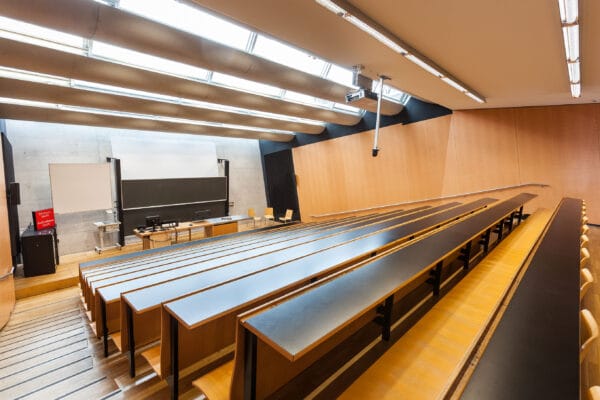
NAME:
SOWI - HS 1
BUILDING:
SOWI
FLOOR:
0
TYPE:
Lecture Hall
CAPACITY:
160
ACCESS:
Only Participants
EQUIPMENT:
Beamer, PC, WLAN (Eduroam), Overhead, Flipchart, Blackboard, Sound System, Handicapped Accessible, Microphones
As glaciers retreat in the Canadian subarctic, many leave behind massive ice deposits within the ground, amplifying the hydrological influence of proglacial areas. This study examines groundwater recharge dynamics in the ice-rich proglacial zone of Shár Shaw Tagà (Grizzly Creek), a glacierized catchment in the St. Elias Mountains, Yukon. Using hydrometeorological monitoring, wavelet coherence analysis, and mass balance modeling, we assess the contribution of different cryospheric components to aquifer recharge. Field observations from summer 2022 reveal that springs at the study area’s outlet exhibit spatially heterogeneous flow patterns—some maintaining perennial discharge, while others respond primarily to rainfall events. Qualitative analysis and wavelet coherence results, based on pressure transducer measurements of electrical conductivity, water temperature, and water level, suggest limited or no direct connection between the springs, glaciers, and proglacial zone. A water balance model estimating seasonal and annual contributions from ice melt and precipitation indicates a significant water budget deficit at the system’s outlet. These findings highlight the crucial role of proglacial areas in subsurface water transfer, suggesting that deglaciating catchments may experience a disconnection between glacial drainage and downstream surface and shallow groundwater flows. Understanding these hidden pathways is essential for predicting hydrological changes in rapidly evolving proglacial environments.

We and use cookies and other tracking technologies to improve your experience on our website. We may store and/or access information on a device and process personal data, such as your IP address and browsing data, for personalised advertising and content, advertising and content measurement, audience research and services development. Additionally, we may utilize precise geolocation data and identification through device scanning.
Please note that your consent will be valid across all our subdomains. You can change or withdraw your consent at any time by clicking the “Consent Preferences” button at the bottom of your screen. We respect your choices and are committed to providing you with a transparent and secure browsing experience.